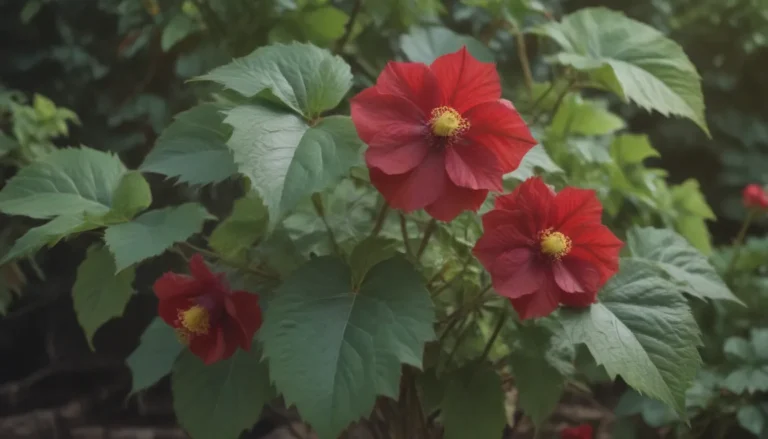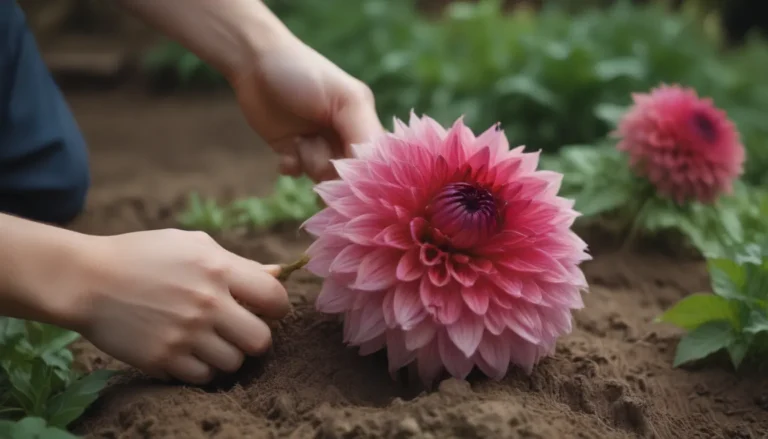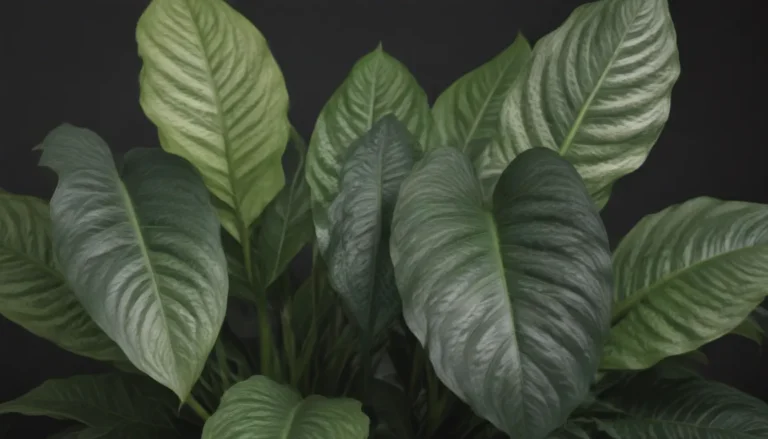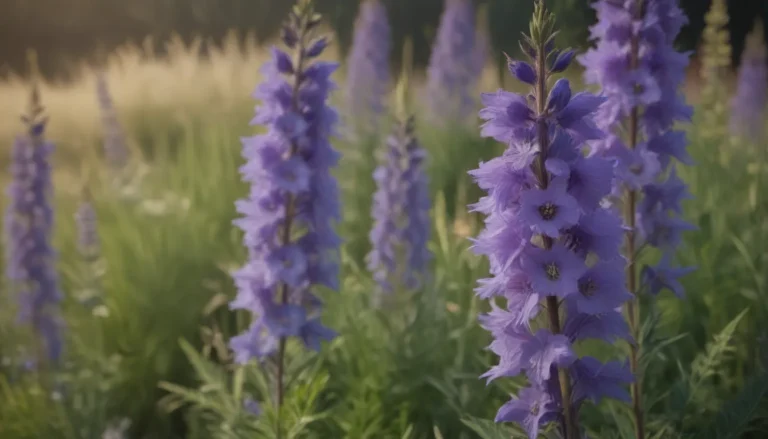The Benefits of Pruning Irises for Healthy Growth

Irises are a beautiful addition to any garden, with their striking blooms and vibrant colors. But to ensure that these perennial rhizomes continue to thrive and put on a spectacular flower display each year, it is essential to properly prune and care for them. In this article, we will explore why and when to cut back irises for the best results, as well as provide some practical tips for maintaining these beloved flowers.
Why Prune Your Irises?
Maintaining the health of your irises through regular pruning is key to ensuring their longevity and continued blooming. Here are some reasons why you should consider cutting back your irises:
- Promote New Growth: Pruning helps redirect the plant’s energy towards producing new leaves, rather than seedheads, which is essential for a good flowering period the following year.
- Prevent Disease: By removing spent flower stalks and trimming back foliage, you can protect your irises from fungal and bacterial diseases that thrive in moist environments.
- Inspect for Pests: Pruning provides an opportunity to inspect your plants for any signs of insect infestation or disease, allowing you to take action before it becomes a more significant issue.
When to Cut Back Irises
Knowing when to cut back your irises is crucial for their health and overall well-being. Here are some tips for the best times to prune your irises:
- After Blooming Period: Once the two to three weeks of blooming have ended, it is time to remove the spent flower stalks at the base.
- Mid-Fall: Trim back the clump of iris leaves in the middle of fall to encourage consistent annual blooming.
- After Frost: Once cold temperatures set in, remove all dead foliage, leaving just a half-inch to an inch above the rhizome.
How to Properly Cut Back Your Irises
Proper pruning techniques are essential to the health and vitality of your irises. Here are some steps to follow for the best results:
Remove Spent Flower Stalks
- Use a sterile hand pruner or clipper to cut the stalk at its base, making angled cuts to allow for water run-off.
- Regardless of the iris variety, removing spent stalks is essential for the plant’s overall health and appearance.
Fan Trim in Mid-Fall
- Trim back the clump of iris leaves in mid-fall to maintain a fan-shaped appearance, with taller leaves in the middle and shorter leaves on the outside.
- Removing dried, discolored, and diseased leaves at this time will help keep the plant healthy and encourage new growth.
Remove All Foliage After Frost
- Once cold temperatures have set in and the foliage has died back naturally, remove all dead leaves, leaving just a small stub above the rhizome.
- Check for any soft or damaged rhizomes close to the soil surface and remove them to prevent the spread of disease.
By following these simple guidelines for pruning and caring for your irises, you can ensure that they continue to thrive and bloom year after year. Remember, a little maintenance now can lead to big rewards in the future!





